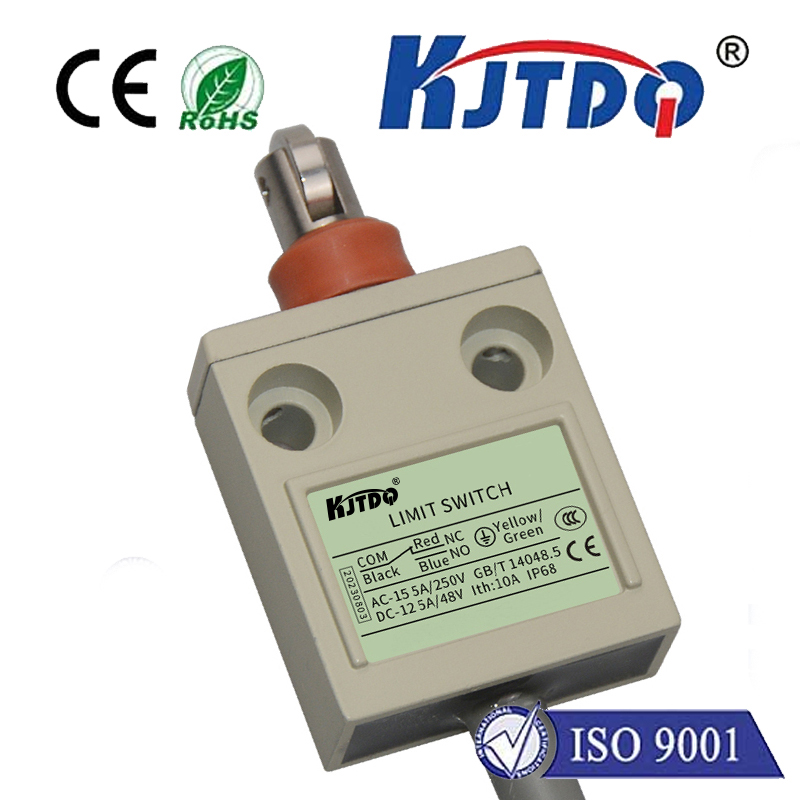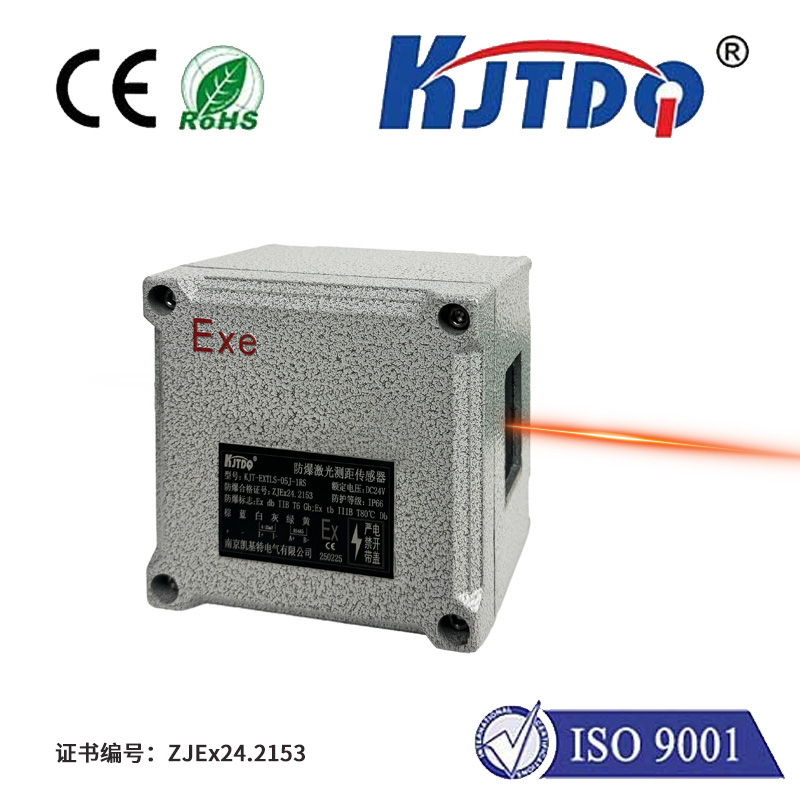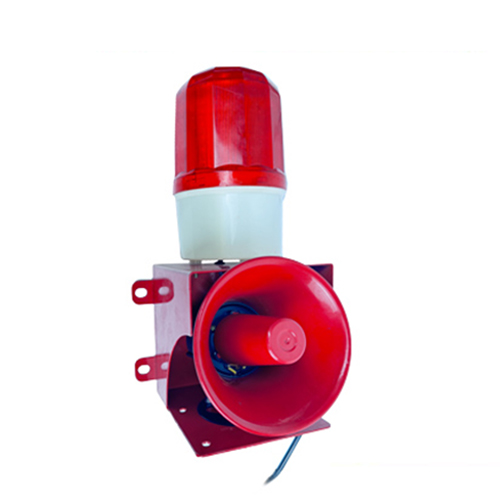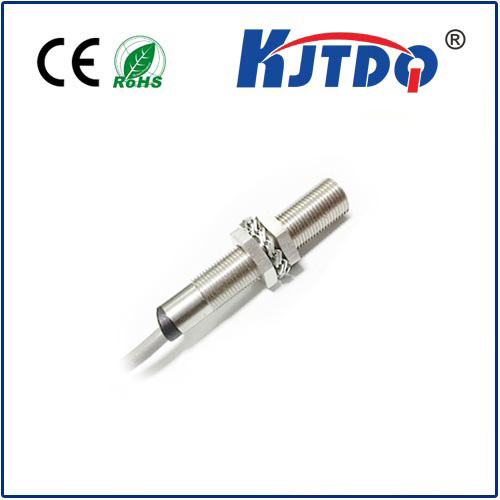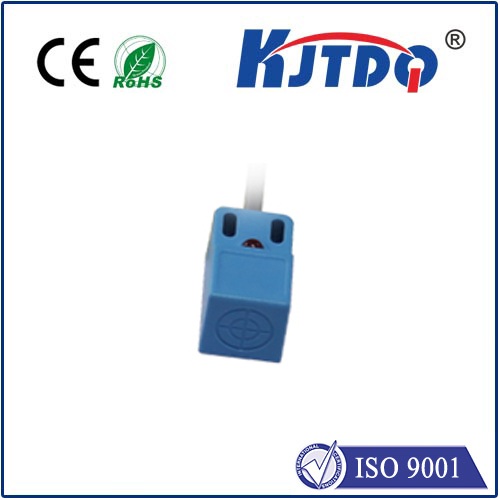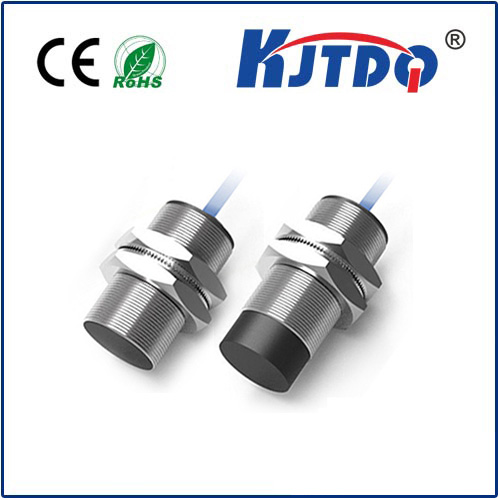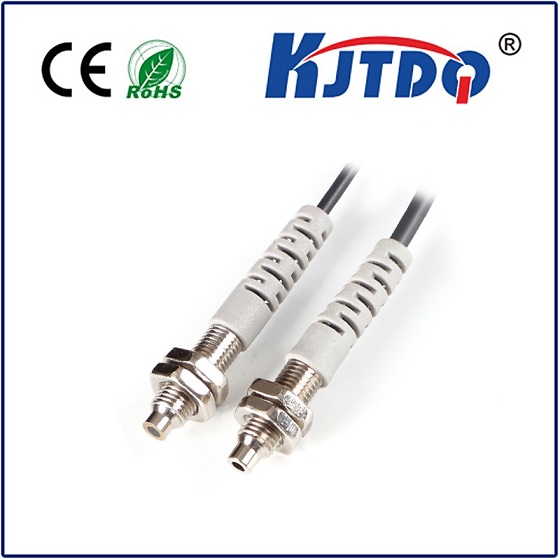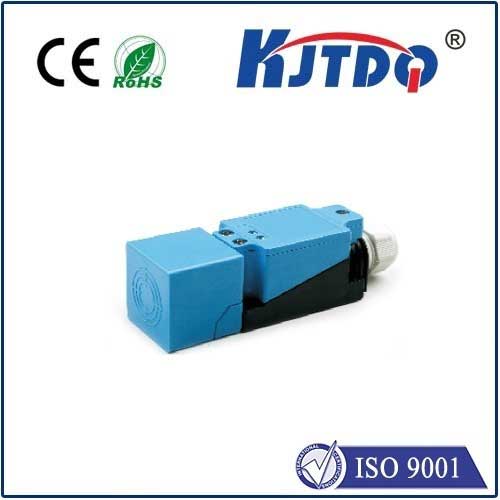

check

check

check

check

check

check

check

check

check

check
Enhancing Safety and Efficiency with Heavy Equipment Proximity Sensors In the construction and industrial sectors, heavy equipment proximity sensors play a vital role in ensuring safety and optimizing operational efficiency. These sophisticated devices are designed to detect objects or individuals within a certain range of heavy machinery, providing essential alerts to prevent accidents and streamline workflows.
Heavy machinery such as bulldozers, excavators, and cranes operate in environments where human workers, other machines, and obstacles frequently share the same space. Without adequate safety measures, these areas can quickly become hazardous. Proximity sensors act as an extra pair of eyes for operators, alerting them to nearby hazards that might otherwise go unnoticed. By integrating these sensors into heavy equipment, companies significantly reduce the likelihood of collisions, injuries, and property damage, fostering a safer work environment.

Proximity sensors utilize various technologies such as radar, ultrasonic waves, infrared, or capacitive sensing to detect objects. When an object comes within the sensor’s range, it triggers an alarm or automatically halts the equipment to prevent contact. For instance, radar-based sensors emit electromagnetic waves that bounce off objects and return to the sensor, which then calculates the distance to the object. Ultrasonic sensors, on the other hand, use high-frequency sound waves to measure distance. These sensors are typically mounted on critical parts of the machinery such as the boom, bucket, or cab, ensuring maximum coverage of the surrounding area. Advanced systems may include multiple sensors working in tandem to provide comprehensive situational awareness.
On construction sites, proximity sensors are indispensable for maintaining safety around heavy machinery. Cranes equipped with these sensors can avoid collisions with buildings, power lines, or other cranes, even in low-visibility conditions such as at night or during heavy weather. Excavators use proximity sensors to safely navigate tight spaces without risking damage to underground utilities or adjacent structures. Additionally, forklifts operating in warehouses rely on these sensors to prevent accidents in crowded aisles.
In industrial settings, heavy equipment proximity sensors contribute to enhanced productivity and reduced downtime. They allow machinery to operate continuously without constant manual monitoring, freeing up operators to focus on more complex tasks. The automation features also minimize the chances of human error, leading to smoother operations and increased efficiency. Furthermore, by preventing accidents and reducing wear and tear on equipment, these sensors help lower maintenance costs and extend the lifespan of equipment.
As technology advances, the capabilities of heavy equipment proximity sensors continue to expand. Integration with artificial intelligence (AI) and machine learning algorithms enables sensors to predict potential hazards based on patterns and historical data. Internet of Things (IoT) connectivity allows for real-time monitoring and remote diagnostics, enhancing both safety and operational oversight. Additionally, developments in wireless technology facilitate easier installation and integration of sensors into existing equipment without extensive rewiring.
The incorporation of heavy equipment proximity sensors is a game-changer for industries reliant on large machinery. By improving safety protocols and operational efficiency, these sensors offer significant benefits that translate into cost savings and a safer working environment. As technological advancements continue to emerge, the adoption of proximity sensors will undoubtedly become even more prevalent, further revolutionizing the way heavy equipment is used in construction and industrial applications.
